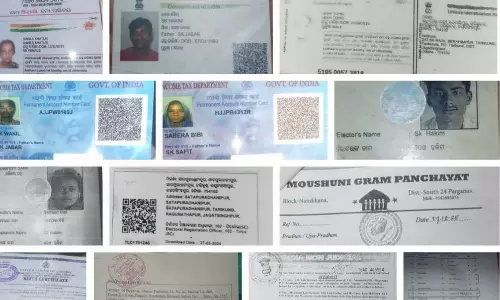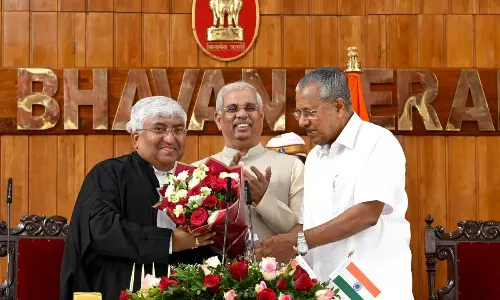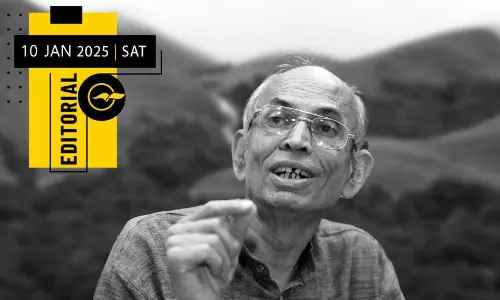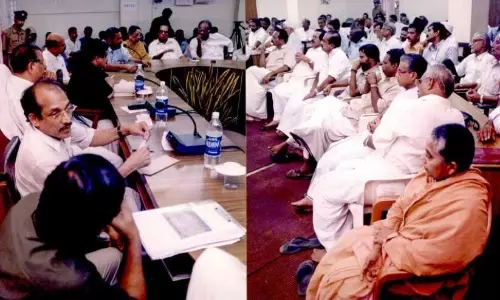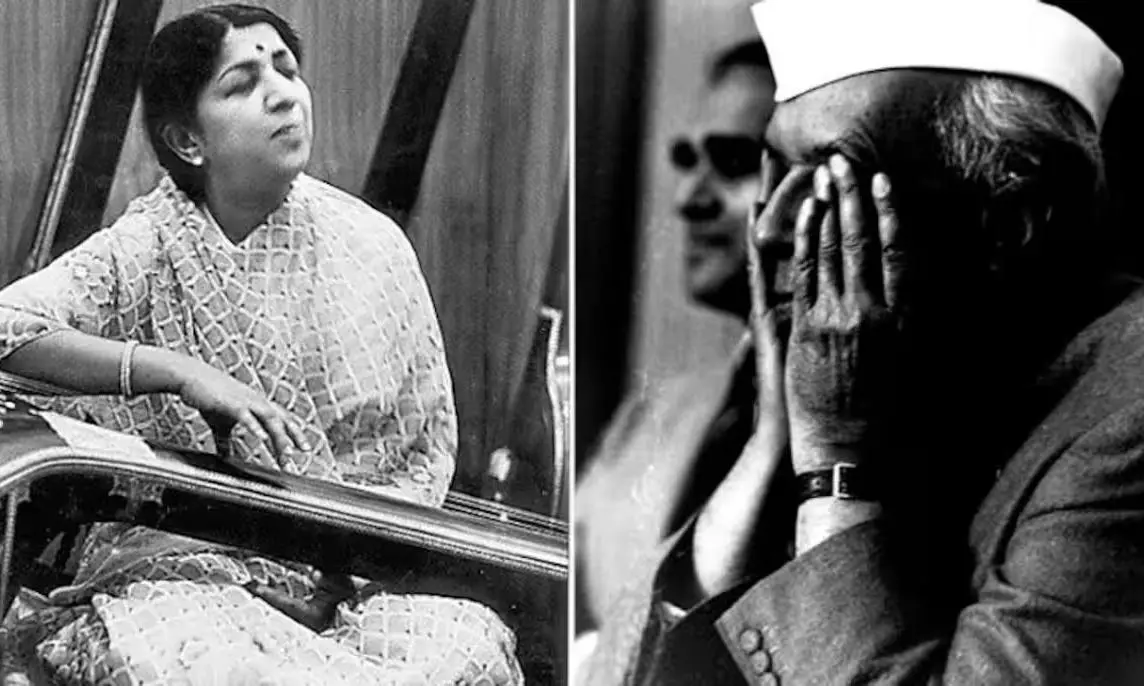
Remembering Lata: A melody that once made Nehru weep
text_fieldsToday, on the 94th birth anniversary of the illustrious Lata Mangeshkar, we pause to celebrate the life of a singer whose dulcet melodies have woven themselves into the very fabric of Indian music. Born on September 28, 1929, Lata Mangeshkar transcended generations, rendering a repertoire of songs that echo through the hearts of millions. In a time when the music industry was graced by stalwarts like Shamshad Begum, Noorjehan, and Suraiya, Lata emerged as a luminous star, enchanting listeners with her unparalleled vocal prowess.
With a career spanning over eight decades, her voice has graced countless songs in over 36 languages, creating an indelible mark in the hearts of millions. From her haunting rendition in the classic 1949 film Mahal to her stirring contributions in contemporary cinema like Rang De Basanti (2006), Mangeshkar’s legacy endures, embodying the essence of musical excellence.
Her unique ability to adapt and flourish in various musical styles set her apart, transforming the very fabric of Bollywood music. The poetic nature of her performances often left listeners in awe, transporting them to realms of emotion and nostalgia.
One of her most cherished pieces, "Aayega Aanewala," from Mahal, is a testament to her relentless spirit and dedication. The recording of this song proved to be a formidable challenge for the young singer. Facing the daunting task of creating the illusion of a distant voice without the technological conveniences of modern recording, she embraced the struggle with grace. Standing far from the microphone and timing her movements perfectly to capture the essence of the song, she persevered through numerous takes.
The whispers of legend surrounded her recording of "Pyar Kiya Toh Darna Kya" from the epic film Mughal-e-Azam. Contrary to popular belief, Mangeshkar did not record this iconic track from a bathroom to achieve its echoing effect. Instead, she stood in a different room, navigating the complexities of sound and recording manually, showcasing her resourcefulness in a time when technology was rudimentary. The legendary composer Naushad orchestrated this arrangement, showcasing Lata’s versatility and willingness to adapt.
Throughout her career, Mangeshkar's music transcended boundaries, evoking profound emotions and stirring the souls of those who listened. An unforgettable moment came when India’s first Prime Minister, Jawaharlal Nehru, was moved to tears by her performance of "Ae Mere Watan Ke Logo." This poignant rendition, performed shortly after the Indo-China war, encapsulated the spirit of a nation mourning its heroes. Mangeshkar's ability to evoke such powerful emotions speaks volumes of her artistry and connection with her audience.
Her humility and dedication were evident even in her later years. When recording the song "Lukka Chuppi" for Rang De Basanti, she insisted on travelling to Chennai to work directly with the maestro A.R. Rahman. Her commitment to excellence saw her standing for long hours, tirelessly perfecting every note and melody. It was this relentless pursuit of perfection that earned her respect and admiration within the industry, cementing her status as a legendary figure in Indian music.
As Mangeshkar journeyed through her illustrious career, she navigated the complexities of fame and artistry with grace. An interesting anecdote from her life reveals the competitive spirit that characterized the industry in her earlier years. In the classic film Andaz, she recorded two songs that became a focal point of contention between her and actor Dilip Kumar, who felt overshadowed by her immense talent. However, rather than viewing this as a rivalry, Mangeshkar embraced the challenge, using it as fuel to refine her artistry and expand her vocal horizons.
Her enduring legacy is also reflected in the way she adapted to the evolving landscape of Indian music. While staying true to her roots, she embraced new styles and trends, collaborating with contemporary artists and composers. This ability to blend tradition with modernity allowed her to remain relevant, captivating new generations of listeners.
The warmth and affection that Mangeshkar garnered from her fans were palpable. She was not just a singer; she was a voice that spoke to the soul of India, capturing the essence of its culture and spirit. Her songs became the soundtrack to countless lives, marking milestones, celebrations, and moments of introspection. Whether it was the romantic strains of “Tere Bina Zindagi Se” or the festive joy of “Mere Doli Uthake”, her melodies formed an integral part of the Indian psyche.
Today, as we reflect on her remarkable journey, we remember the indomitable spirit of Lata Mangeshkar. Her songs will continue to inspire and uplift us, transcending the barriers of time and space. The 94th birth anniversary of this legendary figure serves as a reminder of the power of music to unite, heal, and inspire.




